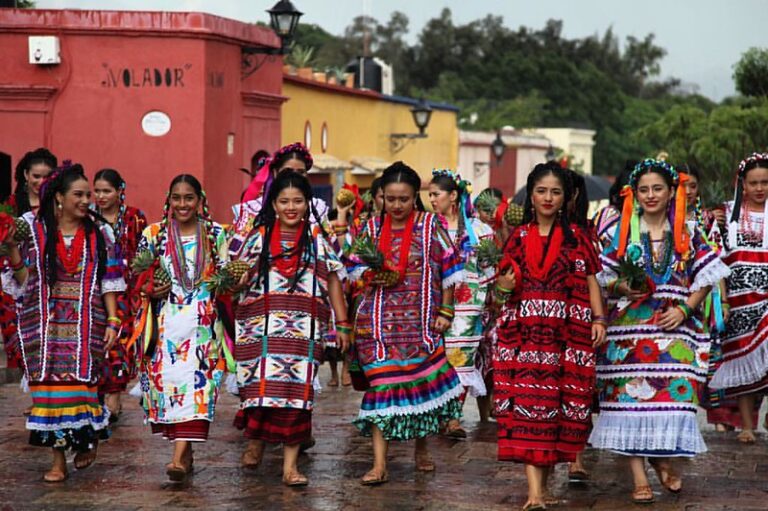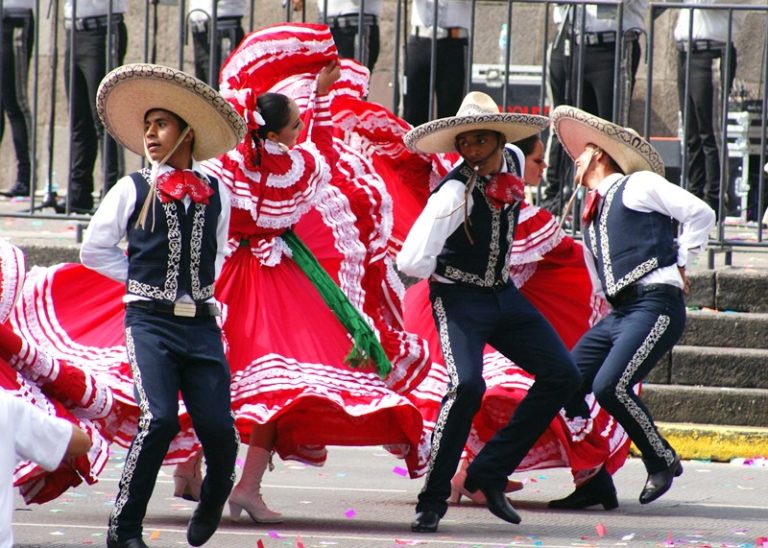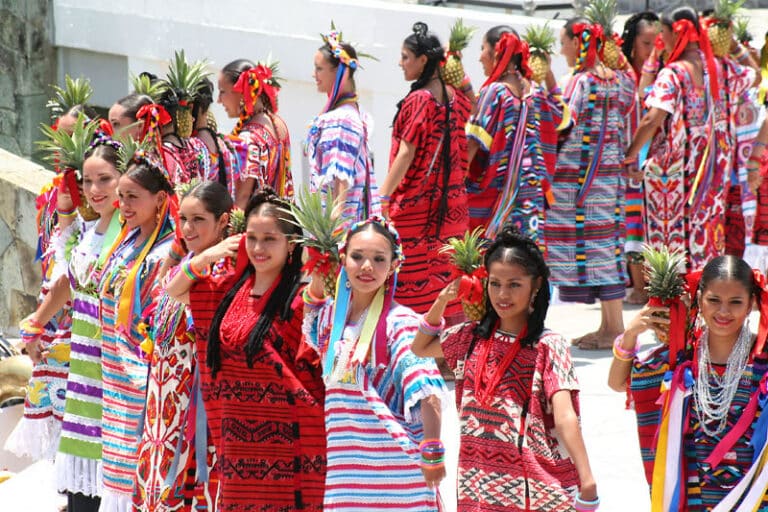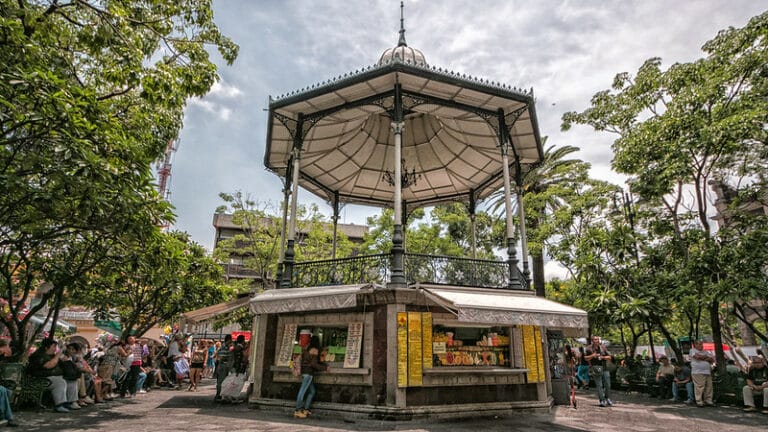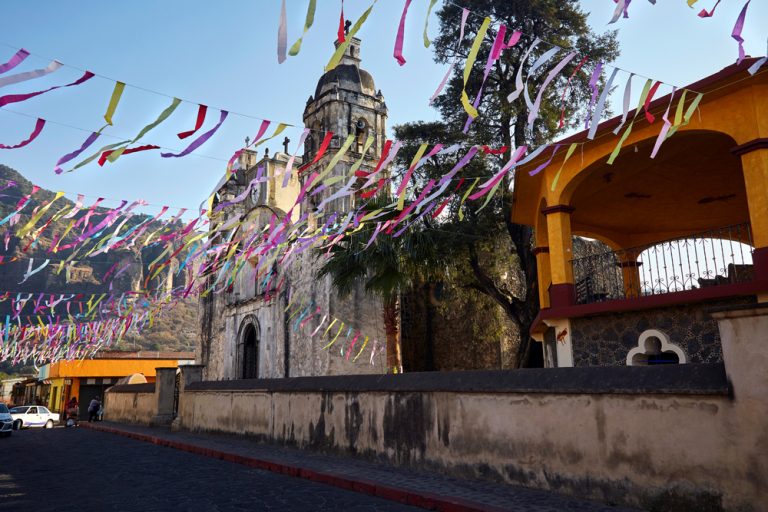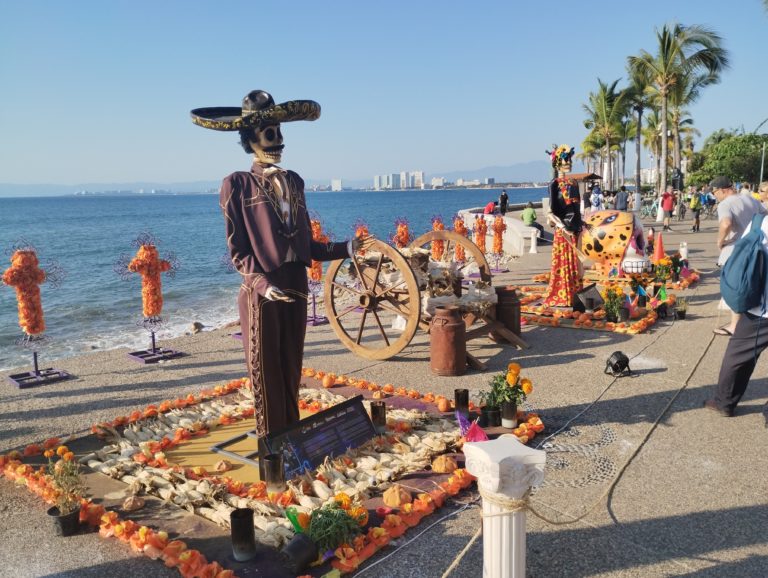Chinelos Folk Dance: The Heartbeat of Morelos’ Cultural Legacy
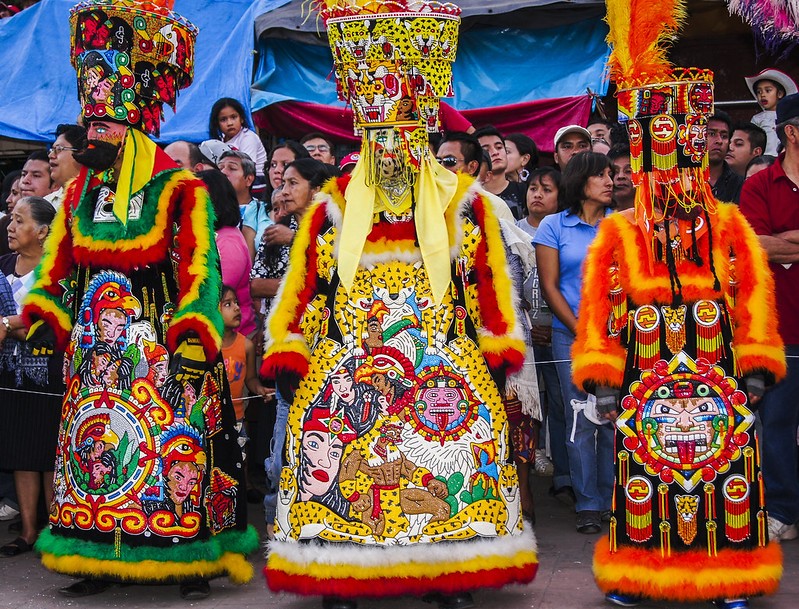
Chinelos Folk Dance: The Heartbeat of Morelos’ Cultural Legacy
One of the most recognized traditions in Mexico is the Chinelos dance (La Danza de Los Chinelos).
This event occurs throughout the year in different regions of Morelos, particularly in Tepoztlan.
Chinelos dance, also known as the “brinco del Chinelo,” is one of the highlights of Morelos, and Tepoztlan, a town of living traditions, is proud to be the cradle of this festivity.
There are many myths about how this dance originated. Its traditions are as varied as the places where it is performed.
Maybe you have heard of them, but what is this dance about?
Origin of the Chinelos Dancers
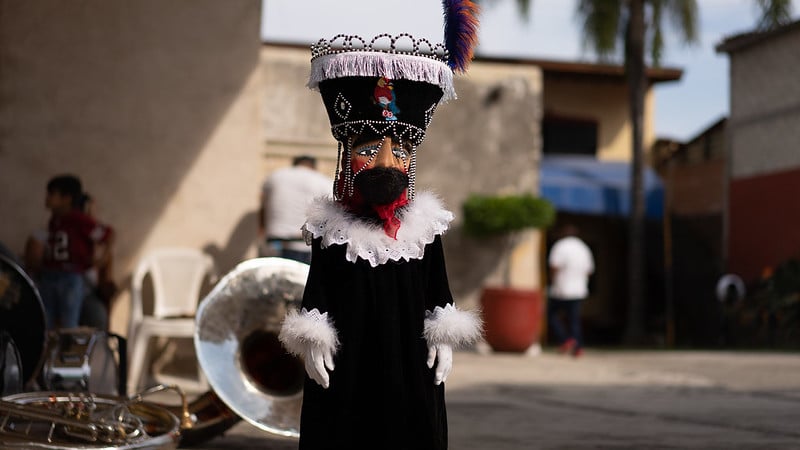
First, we can’t talk about Chinelos without mentioning the Mexican state of Morelos.
It is one of the main attractions of Morelos’ Carnivals, which are popular festivities, although not officially recognized by the church.
However, they are related since they occur before the Christian Lent’s beginning.
Chinelo means “To abandon the flesh or goodbye to the flesh” and comes from Latin origin, and during carnivals, it displays costumes, parades, and street parties.
The origin of carnival dates back to ancient Sumer and Egypt, more than 5000 years ago, from where it spread throughout Europe and brought to America by Spanish and Portuguese navigators in the fifteenth century.
This is how it arrived in Mexico, brought by the Spaniards, who celebrated it according to their customs, both in the capital and the provinces.
Chinelos Dance beginnings
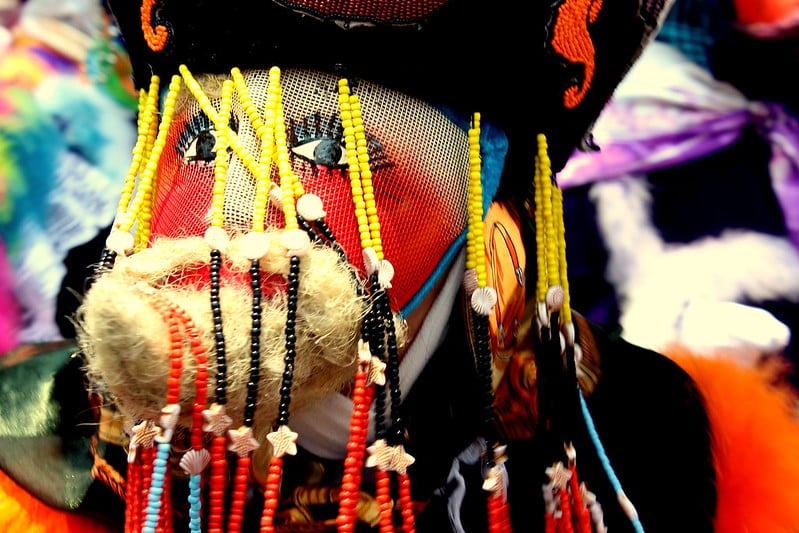
Chinelos dance dates back to 1807 in the Morelos town of Tlayacapan.
The most widespread version of its origin refers to the quarrels between Spaniards and indigenous people due to the latter’s exclusion from the Carnival festivity.
To perform the dance of the Chinelos, the dancers place their hands on their chests and jump to the rhythm of a band that accompanies their parade through the streets.
According to historical data, the peculiar leap performed by the dancers is a remembrance of the leaps of joy of the pre-Hispanic Tlahuica tribe when they found their promised land after a long pilgrimage.
The typical season in which the Chinelos make their appearance is before Lent, during the carnival parades that take place in the towns of Yautepec, Oaxtepec, Oacalco, Cualtlixco, Jojutla, Totolapan, and Tepoztlán, all located in the state of Morelos, very close to Mexico City and Cuernavaca.
In addition to enjoying the Chinelos dance in these towns, you can visit extraordinary churches and monasteries that are part of an ancient route traced by the Spanish friars around the Popocatepetl volcano during the 16th century.
Also famous are the ceramic and clay handicrafts and the delicious local gastronomy that has become famous throughout the country for the grilled meat known as “cecina de Yecapixtla” (Yecapixtla beef jerky).
How is the Chinelos Dance performed?
The tradition of the chinelos dance is jumping accompanied by the rhythm of the music.
The dance consists of jumping nimbly with the tips of the toes.
It is believed that this represents the joy of the Tlahuica people upon finding the promised land.
Starring in this tradition are the chinelos, who are of all ages. They are accompanied by a band, which provides rhythm and life to the party.
Chinelos costumes
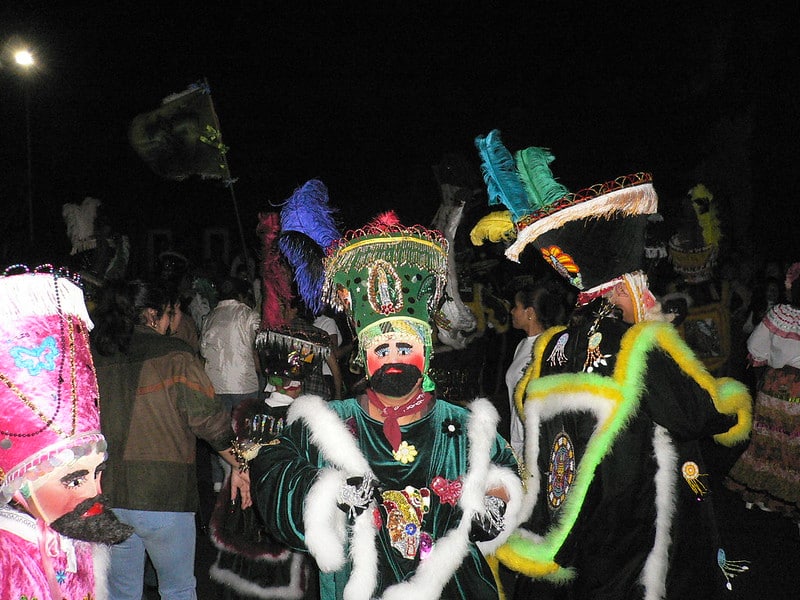
The costumes used in the Chinelos dance represent a mockery of the Spanish conquistadors.
Dancers wear light-skinned masks with large dark beards. Their clothing mocks the opulence with which the landowners dressed.
Want to know the best part? This custom consists of going through the streets and calling the inhabitants to celebrate—music and a flag mark the celebration.
During the first years, the chinelo dance did not have music. The accompaniment was made with whistles and the beating of old metal containers.
Over time, reed flutes and the Tambora were added.
When does the dance take place?
The Tepoztlan carnival begins four days before Ash Wednesday, during the last days of February and the first days of March.
For this Magical Town, it is a time for celebration and hospitality.
This traditional performance is also found outside Morelos, such as Xochimilco, Guerrero, and Oaxaca.
The people of Morelos have embraced this tradition, so it is common to find them in all celebrations.
Whether at weddings, graduations, or birthdays, the Chinelos dance is essential to Morelos culture.
Tepoztlan Morelos, the cradle of Chinelos
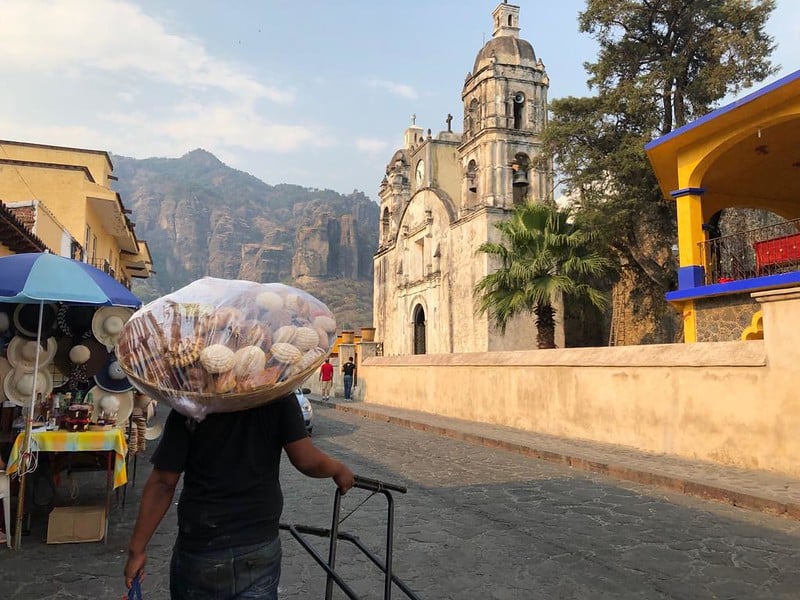
Tepoztlan is a place full of living traditions from centuries ago.
This Magical Town carries mysticism in its veins, and its inhabitants are proof of it. The warmth of its customs welcomes any visitor.
If you plan to visit Tepoztlan, you cannot miss the dance of the Chinelos.
This ancestral tradition is part of the folklore of this Magical Town in Morelos.
Take advantage of your visit to Tepoztlan and let yourself be pampered by the experience La Buena Vibra Retreat & Spa Hotel has for you.
Chinelos Folk Dance: Final thoughts
In conclusion, the Chinelos folk dance embodies the rich cultural heritage of Morelos, pulsating with the rhythms of tradition and community spirit.
Its colorful costumes, lively music, and energetic performances serve as a testament to the resilience and creativity of the Mexican people.
As we celebrate the enduring legacy of Chinelos, let us continue to cherish and preserve this vibrant expression of identity, ensuring that its heartbeat resonates for generations to come.

